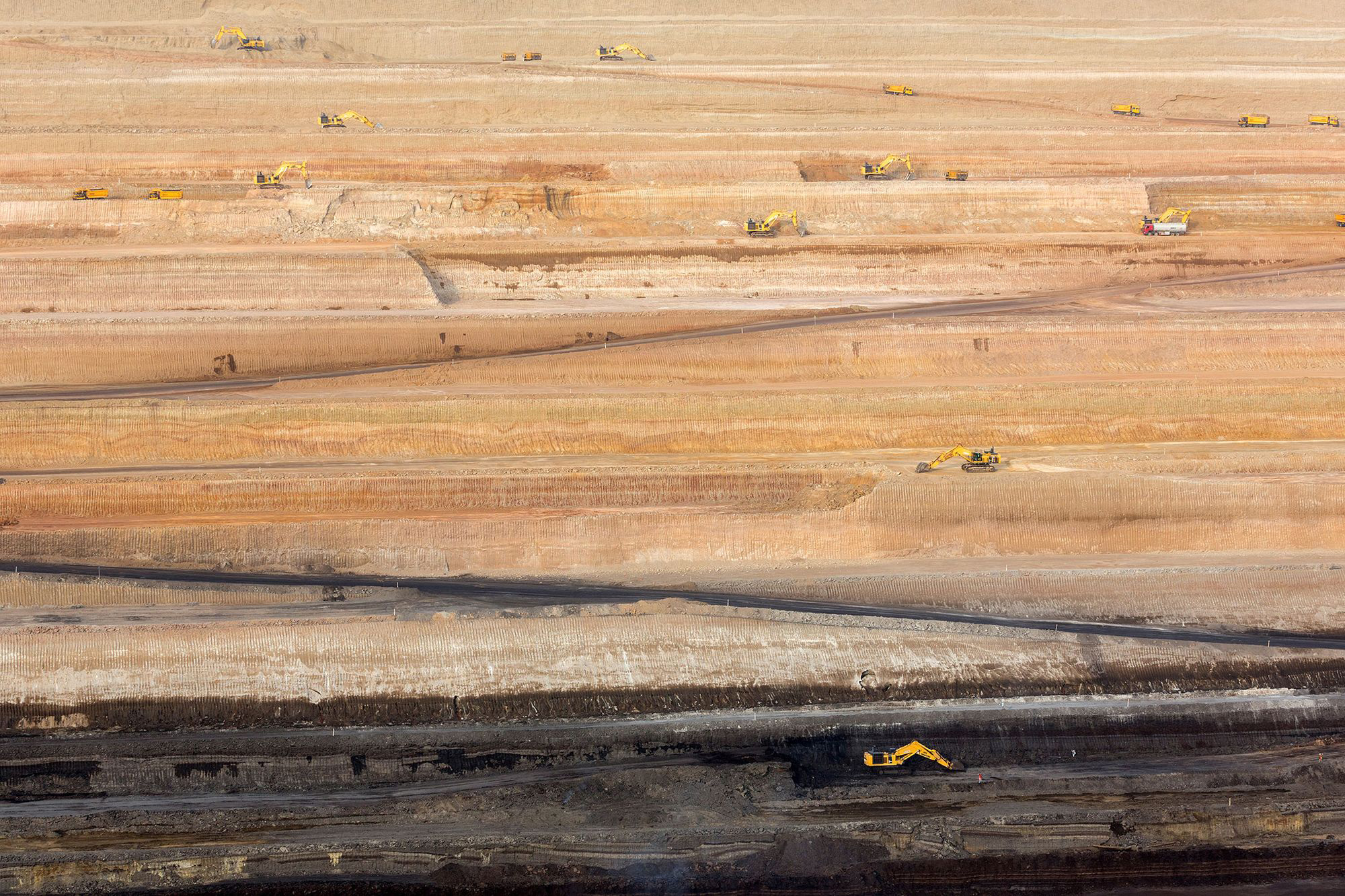In the flat scrubland of Pakistan's scorching Thar Desert, hundreds of workers have been toiling for two years in the vast open pit of the Sindh Engro Coal Mining Co. Taking three-hour breaks during the hottest part of the day and living in a makeshift village of shipping containers, they are digging for fuel to sustain a $3.5 billion power project. So far they have scraped away about 500 feet (150 meters) of Aeolian sand, dirt and coal to create a hole a mile (1.6 km) wide.
Far to the north, in the Cholistan Desert, lie the skeletal beginnings of a solar farm that is supposed to expand to eight times the size of New York's Central Park. It is the largest solar project in Pakistan, where the government has recently announced an ambitious plan to generate 60 percent of its power from renewable sources in about a decade.
If these grand developments in the desert suggest that coal and solar are in a close-run contest, they are not. Before 2016, Pakistan had a single coal-fired plant. It now has nine, supplying 15 percent of the nation's electricity, with another four under construction. Solar power provides about 1 percent of energy needs and is getting a tiny sliver of investment compared with what is going into coal. Solar and other renewables may someday eliminate Pakistan's dependence on coal, but that day is probably decades away.



















With your current subscription plan you can comment on stories. However, before writing your first comment, please create a display name in the Profile section of your subscriber account page.